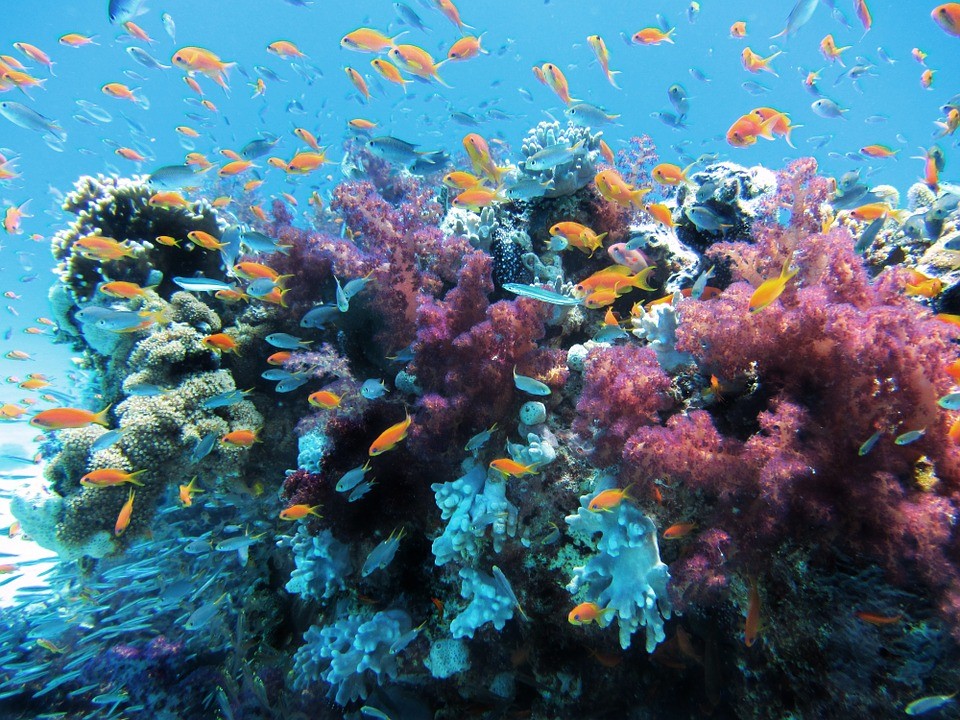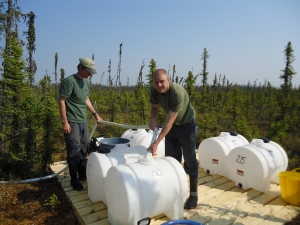
Fishing leads to investigation of environmental changes in waterways
By Pennsylvania State University 8/14/2019 LOUISVILLE, Ky. — A fisherman’s curiosity led to identification of the correlation between microbial communities in recreational freshwater locales and seasonal environmental changes, according to a team of researchers from Penn State. Zachary Weagly, a 2018 graduate of Penn State Berks and an avid fisherman, noticed that the quality of the water where he fished changed with…


















